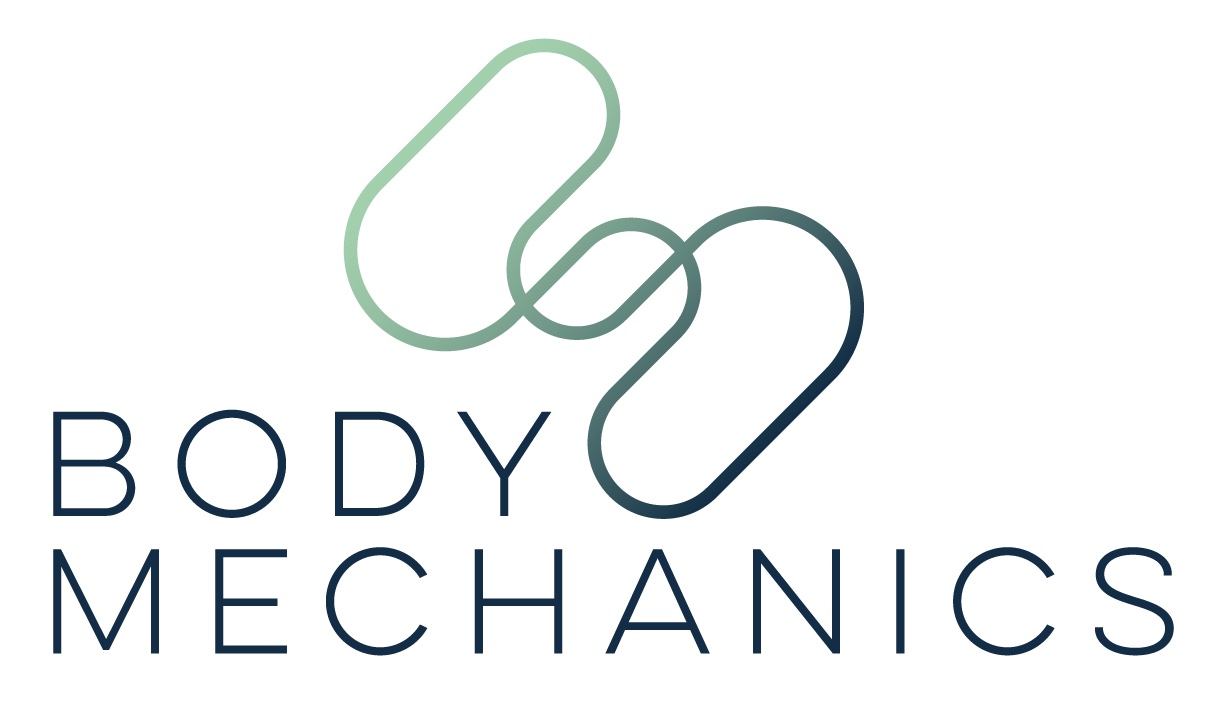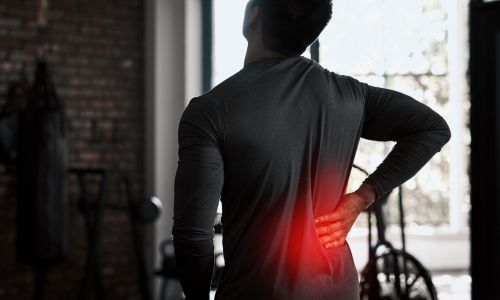This month’s blog is by our guest contributor, Joseph Bleetman. Joseph specialises in helping business executives relieve lower back pain through specific biomechanical exercise programmes.
As many of you see me to treat lower back issues or tight hips through massage, I thought you may want to read about what Joseph does and how he may be able to help you. I hope you find it interesting.
How to understand your aches and pains – how biomechanics can help you to move freely
Back pain is the leading cause of disability worldwide.
My name is Joseph Bleetman. I’ve been trained in biomechanics and level 4 lower back pain.
The intrinsic biomechanics association have found that the cost benefit of a biomechanics ‘iMoveFreely’ programme is £16 for every £1 spent on clinical intervention.
Many clients come to me having had some form of clinical treatment. Whether that is physiotherapy, injections or other forms of treatment.
All clinical intervention has its place. However, for many people dealing with back pain, more can be done through non-clinical intervention, than with clinical intervention.

Some misconceptions around back pain include:
- Idea that one ‘wrong’ movement caused back pain.
- One must strengthen their ‘core’ to prevent or relieve back pain.
- Short-term plan. One session fix for short-term relief believing it will have a long-term impact.
There are three true causes of non-clinical back pain:
- Stress
- Misuse
- Compensation
I recently gave a workshop in North London on back pain and I gave this framework to the group.
Before I did I demonstrated how it worked. There were twenty people there and three other coaches who were facilitating the workshop.
I started my workshop with a meditation and all the coaches and I noticed how it changed not just the energy in the room, but also the client’s bodies.
We all visually saw how the clients’ shoulders opened up. Their back straightened. Their breathing deepened.
Whatever stress they were storing in their bodies was transmuted to peacefulness.
Whatever misuse their posture was causing was transmuted to proper use and posture.
They were then less likely to compensate in their movements due to their change in their psychology first, physiology second and therefore movement third.
Therefore, the above can be changed to;
The three main causes of optimum movement:
- Peacefulness.
- Proper use (i.e. posture and lifestyle – moving enough etc).
- Functional body (free from compensation in multi-joint movements).
This naturally initiates a question. Can I fix my back, shoulder or knee pain, just by being peaceful?
In most cases, the answer is no.
The reason is that stress is stored in the cells, tissues and muscle memory of our body. It causes misuse and compensation at a very early age.
When we are learning to walk we copy our parents. We move the way in which they move.
This means that when our parents are moving with bodies that are full of stress and they are misusing their bodies in their lifestyle and movement patterns. As children, we internalise these patterns and repeat them.
This is why we must also look at our compensations. Be aware of your strength discrepancies – one side being stronger than the other.
Be aware of your movement discrepancies – one side being more mobile than the other.
Be aware of how your body moves in a multi-joint action – is one shoulder taking excessive load as a result of the opposite hip not keeping up with the movement?
Picture a swimmer in front crawl. Visualise how much their spine must rotate in order for the shoulders to be in the right position to propel the body forward.
If the swimmer doesn’t have enough spinal rotation, it means that their shoulders will be overused as a compensation.
All the above is biomechanics. Biomechanics has everything to do with compensation. Where your lack of power is coming from in your swimming, running and tennis due to compensation.
Where your back, shoulder or knee pain is coming from due to compensation.
Even though peacefulness changes our physiology, we must also address the compensation that we have picked up through the lives we live.
When we sit at a desk for 7-hours a day, the vertebra in the lower back gets more and more compressed, leading to compensation in the upper back taking on too much load and giving the lower back less support.
The above is a form of misuse. Walk more, move more, do yoga, Pilates, get a standing desk. All of these are the solutions for misuse.
Everyone is aware of stress and knows about mindfulness.
Everyone is aware that sitting for too many hours is bad for the body and can lead to a lack of mobility and strength.
Most people are not aware how to change their biomechanics. Changing your biomechanics is about long-term thinking.
When I finished year 13 and formal education, I got my grades. In anticipation, I looked at the report with my grades on – I failed. I had no reasonable grades to get into a good university.
The good news is that I had a business plan that I created when I was 16. I thought long-term about what I wanted.
Even though I felt depressed, unworthy and upset about the grades that I received.
I kept on following this plan. A year after school finished, I won a competition that led to me being coached by some of the top CEO’s in the fitness industry.
It led to me studying biomechanics and working with others to help create a programme that supports people to move pain-free so that they can live to their highest capabilities.
My point is that most people make the mistake of thinking too short-term. Not just in their careers. In their fitness, strength and movement strategy too.
We are just thinking about a short-term fix and not a strategy to optimise our physical performance.
If you aim for optimum physical performance, pain relief will be a side-effect. That is what I teach.
Optimum physical movement, not pain relief. Pain-relief is subjective. However, when you optimise your movement it is a given that your aches and pains, that come from a life of misuse and compensation, will diminish or disappear.
What can I give of practical use so that you can immediately optimise your movement which means that as a side effect you will likely experience fewer instances of pain?
Download the free e-book here: https://movefreelymechanics.com/movefreelye-book
I am going to talk you through a system of mobilising the body from the hips to shoulders, in this order:
After the meditation practice in my workshop, I got someone from the audience, onto a mat. I took photos of the alignment in her hips, leg length and shoulders.
The subject did one shoulder mobilisation and I re-tested the whole body. Not only did this woman’s shoulders change, but her hips mobilised and leg length changed.
How is this possible?
The whole muscular-skeletal system is connected with fascia (connective tissue). This means that all the muscles act together, not individually.
There are different lines of fascia. Front line, back line, spiral lines etc. When you change one link in a line of fascia, by mobilising a client’s shoulder for instance, the whole line of fascia is affected. Therefore, the muscular-skeletal system changes.
Why is this important?
It means that pain is not where the problem is and that you can find the cause of your pain through testing, mobilising one-area and then re-testing the whole body.
The e-book consists of hip relaxations (known as muscle energy techniques), lower back mobilisations and shoulder relaxations (muscle energy techniques).
You use the e-book by starting only with the hip muscle energy techniques. Doing it for 2-weeks and journaling what benefits you find in the whole body.
For 2-weeks after this, you do the same with the lower back exercises and journal what benefits you have found in the full body.
2-weeks thereafter, you do the same with the shoulder exercises and journal what benefits you have found in the whole body.
You must experiment and see the results yourself to understand the philosophy. The point is that if you are having pain, tension or aching in one area, you can do one of two things.
Exercise and mobilise the area that is hurting.
This could help, or it could make it worse. You don’t know.
Instead, you can use the system of biomechanics to find where the hip, back or shoulder pain is coming from.
By using the philosophy above, you can see how working on the hips changes your lower back or shoulders and then you can be more informed about your body and what works specifically for you.
This not only gives you a long-term approach to help understand the structure of your body, it also prevents injury and is the safest way to start improving your movement.
What impact will having a long-term movement plan have for you?
Once you realise your biomechanical pillars (what parts of the body are connected), how will you use them?
In order to experiment with this philosophy and start to dramatically improve your movement and therefore reduce or relieve associated pain.
Download the free e-book here: https://movefreelymechanics.com/movefreelye-book
Joseph Bleetman
References:
O’Sullivan K, et al. Back to basics: 10 facts every person should know about back pain.
British Journal of Sports Medicine 2020 June
3-month study Great Yarmouth & Waveney NHS
https://www.arco.co.uk/expert-advice/musculoskeletal-disorders/case-studies/great-yarmouth-waveney-nhs

